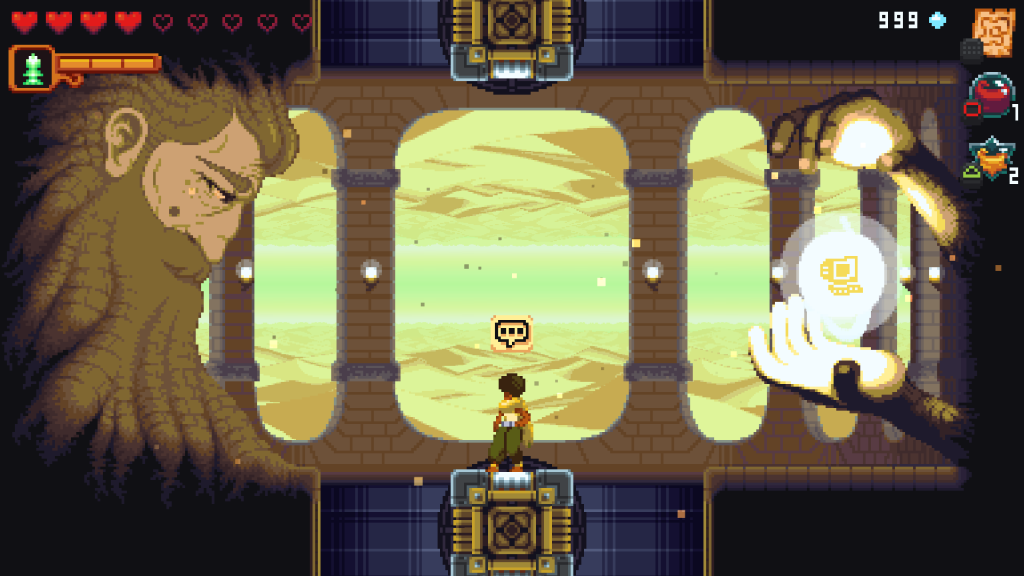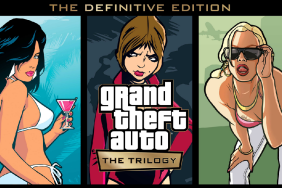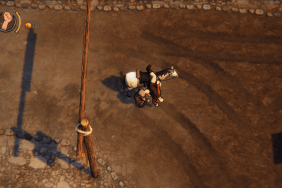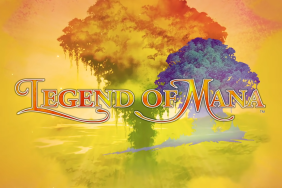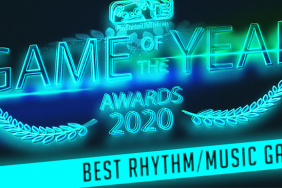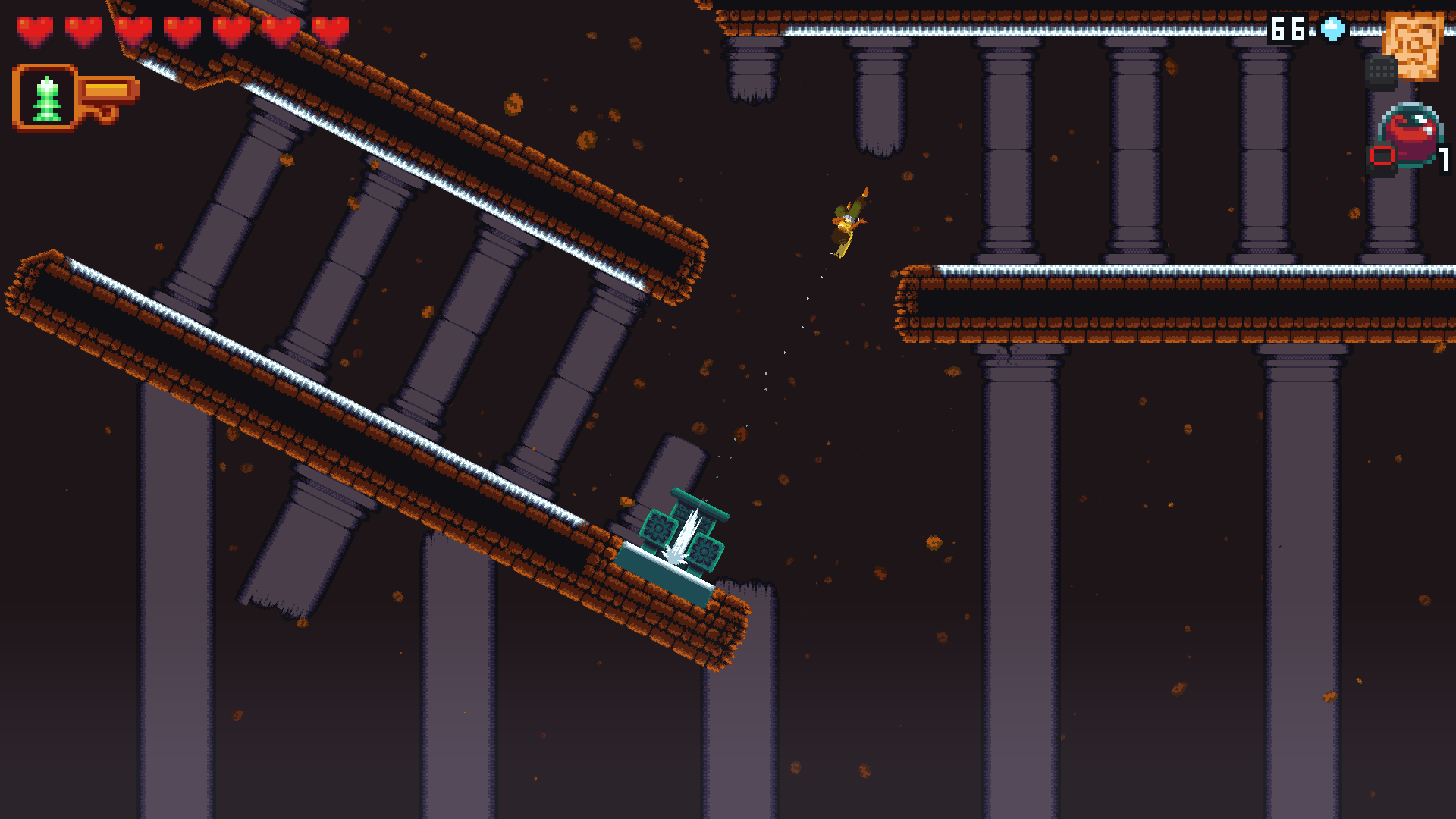
Soundtracks have always been one of the main pillars in video games. This has, of course, evolved throughout the years in many forms, leaving different marks in each experience. In some, when either the story or the gameplay falls short, we often tend to remember a moment or a scene thanks to a song. Others experiment with a constant mix, blending both realities like it happened with NieR: Automata’s hacking system (which has been thoroughly explained by the game’s composer). But, what I find truly special is when a musical score creates an identity for a game.
Dandara, a recently launched metroidvania by brazilian game studio Long Hat House, illustrates this idea to perfection. The developers, João Brant and Lucas Mattos, took inspiration from Dandara dos Palmares, a Brazilian warrior who fought against slavery during the colonial invasions in the mid 1600s. The fictional character of Dandara recalls to these roots, fighting her way through a massive oppression that has arrived into Salt, a multi-directional world without gravity in which the game takes place in. Mixing exploration with a similar progression system best known from the Souls series, a detailed pixel art style, and an unique way of movement by replacing the traditional controls for only a jump, Dandara just needed a spine that connected it all. That spine wound up being the soundtrack.
In the beginning, the devs didn’t give Thommaz Kauffmann, the composer behind Dandara‘s 20 original songs, any musical inspirations to work upon. Thanks to this freedom, he was able to add his own impression to the game. Early discussions were just about what Lucas and João were getting inspired from. Concepts and emotions behind music albums they liked, life situations they wanted to express in-game. “I started doing some mood tests to find the right tone of the soundtrack, exploring and creating around instruments,” said Kauffmann. “When I felt that I was done with that, I started to write the main theme, which I planned to be the “seed” (or motif) of the whole game.” He was in pursuit of a way to add narrative to a non-story driven game by using the soundtrack.
“When I got the main theme ready, it gave me a set of the emotions that I wanted to bring to the experience, as if it were a melancholic hope tone that is within it in the whole game. Also since the beginning, the mysterious multi-directional world without gravity heavily inspired me to write a music that sounded different, as if it floated along with Dandara and her delicate movements, so this was clearly the main focus for the mood of the game.”
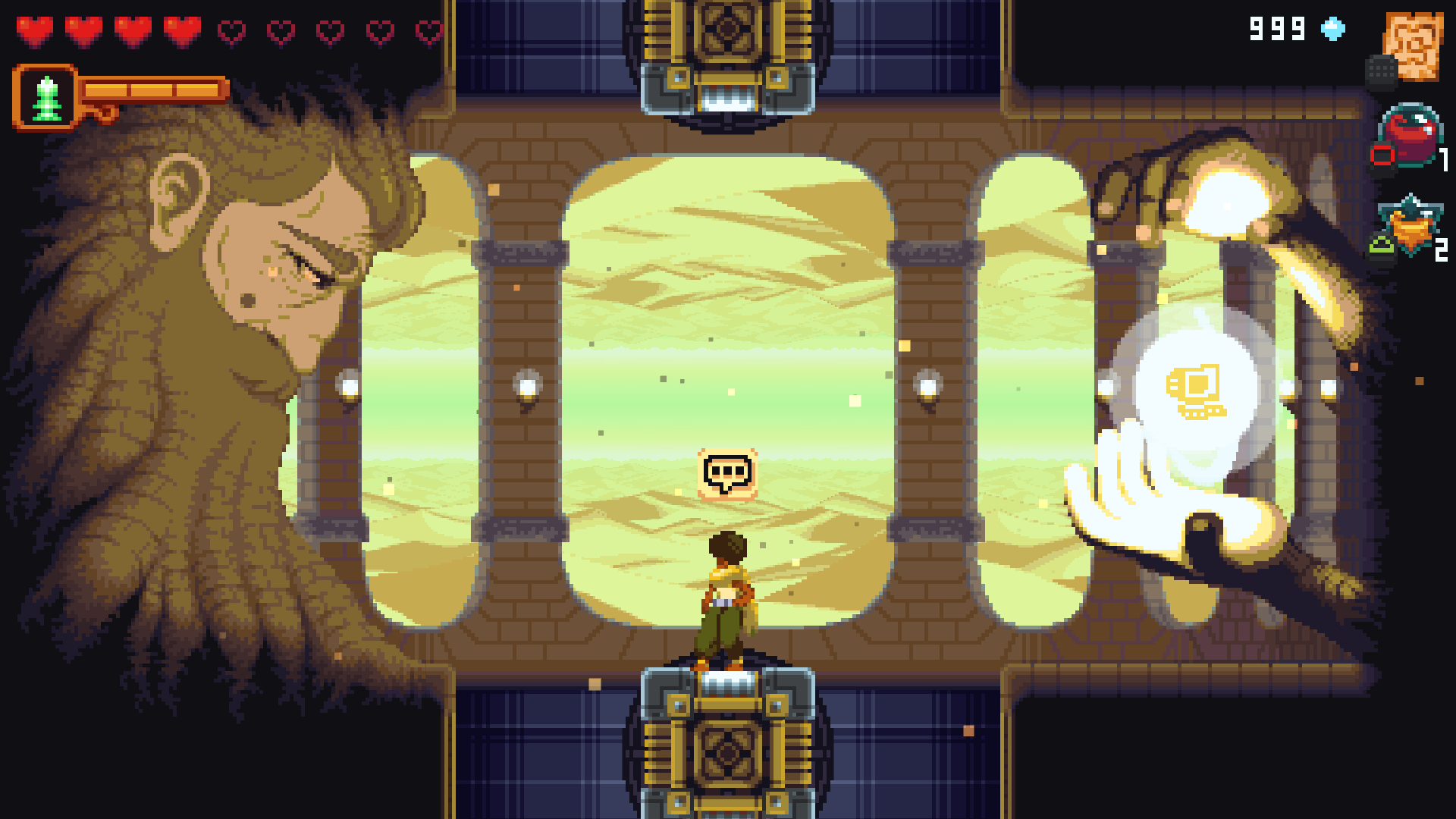
Throughout the first year of development, Kauffmann wrote songs that the game needed, but he wasn’t feeling satisfied. This stemmed from his choice of instruments, which involved a lot of synthesizers. After hearing the Samorost 3‘s soundtrack by Floex, he was inspired to include instruments in a more organic way. This led to him combining new additions with the sounds he already made in order to reach a distinct sound. “This really affected me because I ended up rewriting all the existing music I had so far, but now using new timbres and a different perspective for the style of the music.”
After that revelation, he incorporated a modified piano, strings instruments (mostly in the form of violins and cellos), choir, synthesizers for emulating pipe sounds and other organic sounds, sampled plucked instruments, djembe (an African drum) and electronic percussion. FL Studio was used as his digital audio workspace to write both the music and the sound effects as well. “I enjoy a lot of our musical culture but I feel that using it as a close reference would run away from the idea of getting an oniric and unique sound of the game’s universe,” said Kauffmann on his decision to not use Brazilian instruments. “I could have used some of them as source for sound design inspiration, but I honestly didn’t find a right moment for doing it.”
One of the challenges that Kauffmann faced was having to work on music while levels were still being developed. This meant that he had to inspire himself by looking at other aspects such as narrative, the emotions in that specific area, and what Lucas and João were thinking. However, sometimes the developers would listen to the music first, and then use it as inspiration for aesthetics, enemy design, or even the pace of a level. It all became a collaborative process that saw everyone inspiring each other.
“A great example is the desert’s music (“Crumbling Memories”),” explained Thommaz. “I created the music based only on the discussions we had about the meaning of that level, and by seeing a few things from its design. It happened that I did a very slow and intimate music, [which was] totally against the action and difficulty the level had. At the beginning Lucas was not so sure about the lack of presence of the music, but after a while we all agreed that the music could enhance the loneliness of that area and we worked through that idea.”
The collaborative process of the music also impacted the characters you meet throughout Dandara’s journey. One of the first characters players come across is a musician, whose character model was actually based on Thommaz. While the devs already knew they wanted to include him as part of the narrative, the idea of actually putting him inside the game came afterwards. Another character called Tarsila, inspired by a brazilian painter called Tarsila do Amaral, was also supposed to be a direct reference to Thommaz’s sister, who shares the name and is also a painter. “I really loved this homage, and although we wanted to put everyone inside the game as easter-eggs, we had to cut this idea for lack of time.”
What really impressed me the most about Dandara‘s sound design was a particular song that teased itself in the latest trailers, showcasing its shortest version. The song, called “Weight of a Doubt” is present in each one of the boss fights. It never evolves into something greater, but after listening to it many times, I sensed the character in a struggle to fight against this chaos and oppression. At last, she manages to get involved in the song, gaining more and more leadership.
“I think (building an identity) is very hard and it demands a lot of work outside of the workspace. I mean, trying to create a way of thinking about the project that builds up to a consistency between the game and the soundtrack itself,” said Kauffmann. In terms of music in games, the composer thinks that the ability to tell something without the context of the gameplay is very important. For Dandara, he thought of each track as they each told a story. “This way, each track brings my narrative interpretations translated to the music: movements and patterns that relate to some idea, instruments that resonate with characters, harmony and melody to bring a tone to the story and more.”
Giving an even closer look into this, Thommaz stated that while this depends on others factors such as colors, animation, gameplay, and writing, this line of thought helped him build a better coherence for the soundtrack and gave me insight to look in the compositional side. For “Weight of a Doubt” he tried to condense all the conflicts in the game’s universe, before and after Dandara exists. Every time Salt had a doubt about itself, it’s a path to drastic changes and the cause of the whole game.
“Musically speaking, the music represents the encounter between Dandara and what afflicts the Salt with themes and patterns, emphasizing the aspect of repetition in the music that is present in the entire soundtrack.”
Ultimately, Kauffmann felt that this music motivates the player to keep going and trust on a better path for Salt. “This music is a contrast to almost all other songs of the game, with a strong pace and sounding epic, the idea is to be a thin line between the corruption of Salt and its cleansing.”
Diego Argüello is a freelance writer based in Argentina. His work can be found in Unwinnable, Quillstreak, and other outlets. Follow him on Twitter.
